I was privileged to attend the NCTM Annual Meeting & Exposition in Chicago this month. Nothing energizes a teacher with new ideas more than a conference and a chance to network with other math education professionals. I will impart on you my three favorite strategies from NCTM sessions.
It is apparent that engagement with students remains the paramount focus of sessions. This type of engagement has evolved during my career, and I was pleased to see several sessions given by Peter Liljedahl in his efforts to pair Building Thinking Classrooms with other platforms to broaden the base of its use in math classrooms of all levels. I spent some time in sessions learning how other educators use “thin-slicing” to use vertical boards to teach mathematics day-to-day. Thin-slicing refers to a method where each problem is a bit harder than the prior question, moving students to higher levels along the way. There was a strong use of learning progressions, which I assume many of you already use in your current curriculum to move student thinking from entry-level to high-level throughout the lesson. My favorite session was given by Emily Kerwin, where she asked calculus students to look at a function and its derivative before learning the Power Rule and asking them to write what they felt the rule might be. Each new problem invited a new wrinkle and modification of the rule to include new issues they were encountering. This seems like it could be extended to many math topics in a variety of courses.
On a whim that there was a useful session to renew the way I teach logarithms, I happened upon Philip Dituri’s session, and it was magical. He introduced me and others to manipulatives that allowed students to physically play with logarithms to facilitate content knowledge development in logarithms and their laws. FiCycle, a non-profit organization, makes 3D log manipulatives for sale, but they also provide free paper 2D manipulatives that could be laminated. Meaning, every teacher’s budget can allow for this type of student experimentation. I was impressed by the ease of use and blissfully simple approach to help student discover laws of logarithms before we generalize the learning with symbolic representations. If this is a topic you teach that could use an increase in student interest, check it out!
But, perhaps the biggest Aha! Moments were experienced in Chris Shore’s Clothesline Math session. This is the number sense I have always wanted to develop with high school students and didn’t know it existed. With so many session choices, it was only Shore’s promise to “blow your mind” that convinced me to check it out. He delivered. Again, blissfully simple approaches make for the best learning opportunities. Who would have thought a piece of string and some cardstock would allow teachers to facilitate algebraic line segment addition, solve for x, and never need to write the equations down or do symbolic manipulation. It was a prime example of the way our lessons should start with conceptual knowledge and later move to procedural fluency when our understanding is solid and the focus moves to efficiency. I was so mesmerized, I purchased his book the moment I left the session. Shore provides many videos online and free resources as people help develop this approach for all mathematics subjects and topics.
My parting advice is to attend conferences! Be a life-long learner! I hope you experience the renewed spirit of teaching when you discover strategies and sessions that speak to you!
Brooke Fischels
High School Mathematics Teacher
Ottumwa High School
